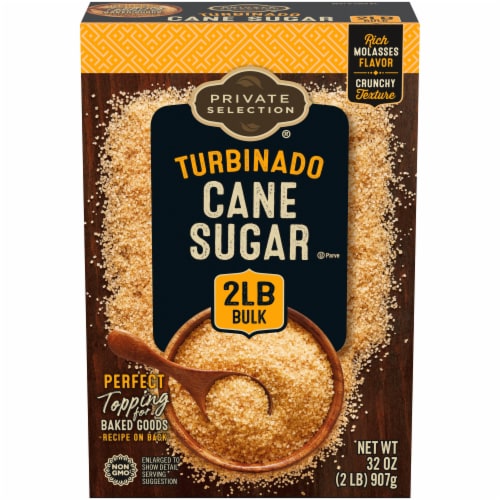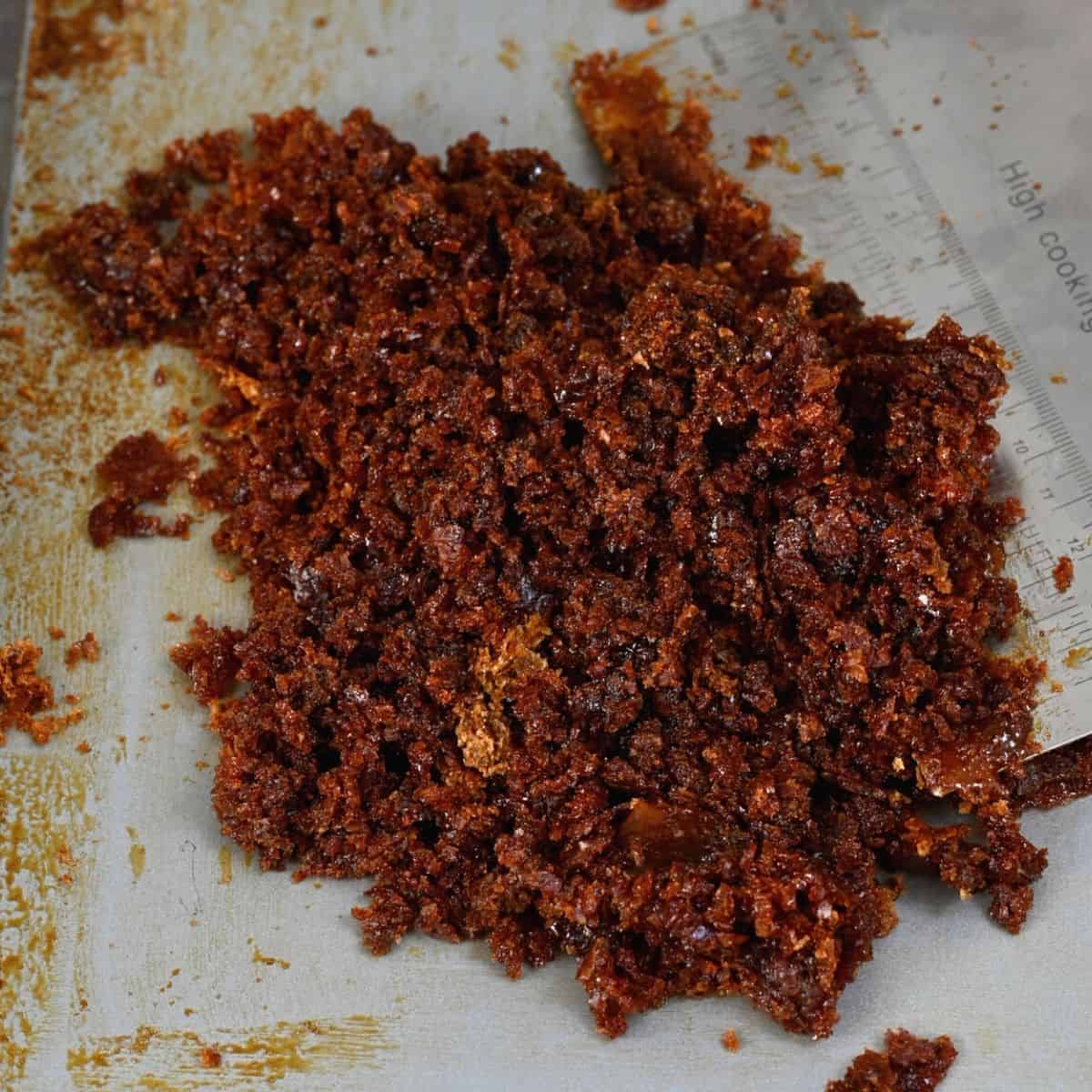The Scientific Research Behind Cane Sugar Processing: Exactly How Sweetness is Fine-tuned
The Scientific Research Behind Cane Sugar Processing: Exactly How Sweetness is Fine-tuned
Blog Article
A Comprehensive Guide to the Environmental Influence and Sustainability Practices in Cane Sugar Handling
The environmental influence of cane sugar handling provides a complex variety of obstacles that warrant cautious exam. From soil destruction and excessive water use to the carbon footprint related to growing and manufacturing, the consequences of standard techniques are far-reaching. On the other hand, the fostering of innovative sustainability steps provides a path towards more accountable manufacturing techniques. Comprehending the interaction between these concerns is important for stakeholders in the sector. What specific methods can be executed to strike a balance between efficiency and ecological stewardship? The answers depend on a better look at both the challenges and potential solutions.
Introduction of Walking Stick Sugar Handling
Cane sugar handling entails a series of systematic steps that change sugarcane into refined sugar. Originally, harvested sugarcane is delivered to refining centers, where it goes through cleaning up to eliminate dirt and debris. Following this, the walking cane is squashed to remove juice, which is then made clear by getting rid of pollutants via home heating and the enhancement of lime.
The made clear juice goes through dissipation, where water is removed to focus the sugar web content. These crystals are separated from the continuing to be syrup using centrifugation, resulting in raw sugar.
The end product is after that dried out and packaged for distribution. Throughout this entire procedure, maintaining performance and quality assurance is vital to make certain the sugar fulfills industry standards. Each action in cane sugar handling not only adds to the end product but also has implications for source use and waste generation, establishing the phase for conversations on sustainability and ecological impacts related to sugar production.
Environmental Obstacles of Production
The manufacturing of walking stick sugar offers several considerable ecological obstacles that warrant interest. One key problem is the comprehensive use agrochemicals, consisting of fertilizers and pesticides, which can lead to dirt degradation, biodiversity loss, and contamination of neighborhood water sources. The runoff from sugarcane fields usually lugs these chemicals into nearby ecosystems, interrupting aquatic life and affecting the health of neighborhoods reliant on these water bodies.
Another obstacle is the high energy usage connected with sugarcane handling. The boiling and refining phases need substantial heat, primarily produced by shedding fossil gas, adding to greenhouse gas emissions. In addition, the large acreage required for sugarcane farming can lead to logging and habitat destruction, additional aggravating climate adjustment and harmful wild animals.
Additionally, the labor practices in some areas raise ethical problems, as employees may deal with inadequate working problems and insufficient wages. This circumstance usually perpetuates a cycle of poverty in local communities. Cane Sugar Processing. Dealing with these environmental difficulties is critical for creating much more sustainable techniques in cane sugar manufacturing, ultimately profiting both the environment and the communities associated with this market
Water and Land Usage Effect
Water sources and land utilization are essential components in the cane sugar market that significantly affect the setting. The growing of sugarcane needs substantial water input, with quotes recommending that it can eat approximately 2,000 litres of water per kilogram of sugar generated. This intensive use of water usually results in deficiency of local water resources, affecting not just the sugarcane vineyards yet likewise surrounding communities and areas that count on the exact same water sources for farming and domestic use.

Additionally, land use for sugarcane farming can cause logging and the conversion of natural habitats into monoculture ranches. This practice lessens biodiversity, interferes with neighborhood ecological communities, and adds to soil deterioration. The expansion of sugarcane areas commonly elbows in on valuable farming land, producing competition for sources between food and biofuel production.
Sustainable techniques, such as optimizing irrigation strategies and applying crop rotation, are important to minimize these effects. By embracing a lot more efficient water use and land administration techniques, the walking stick sugar sector can decrease its ecological impact, ensuring a balance between farming efficiency and environmental preservation.
Greenhouse Gas Emissions
Greenhouse gas discharges stand for a considerable environmental concern within the walking stick sugar processing sector, particularly as farming methods increase to satisfy international need. The growing of sugarcane, a plant that prospers in exotic climates, relies greatly on synthetic plant foods and pesticides, which add to laughing gas discharges. In addition, land-use modifications, including logging for new sugarcane vineyards, launch carbon dioxide saved in plant life and soil.
Throughout processing, energy intake is an additional significant source of greenhouse gas discharges - Cane Sugar Processing. Many sugar mills make use of nonrenewable fuel sources to power machinery and generate heat, resulting in significant carbon impacts. Moreover, the transport of raw sugarcane and completed products adds layers of exhausts via fuel combustion in automobiles
The cumulative effect of these exhausts exacerbates environment adjustment, posturing dangers not only to the setting but additionally to the long-lasting feasibility of the industry. Stakeholders have to recognize the urgent demand for detailed approaches that deal with these discharges. This entails reviewing present farming techniques, refining methods, and transport systems to determine areas for renovation and reduction. Dealing with greenhouse gas discharges is vital for fostering a much more lasting walking stick sugar sector in a changing environment.

Sustainable Practices and Innovations
Lasting techniques and technologies are significantly important in the walking cane sugar processing market as stakeholders look for to decrease ecological impacts while maintaining efficiency. One significant innovation is the implementation of incorporated plant management, which enhances resource usage by incorporating dirt monitoring, bug control, and crop rotation techniques. This strategy boosts yield while minimizing chemical inputs and maintaining soil health.
In addition, the fostering of renewable energy this hyperlink sources, such as biomass from sugarcane residues, has gotten grip - Cane Sugar Processing. By converting waste products right into power, refining facilities can lower their dependence on fossil website link fuels, therefore decreasing greenhouse gas exhausts
Water management techniques have also seen enhancements via the recycling and reusing of water in processing plants, dramatically decreasing freshwater usage. Advancements in modern technology, such as accuracy agriculture, make it possible for farmers to keep track of plant wellness and source usage more effectively, guaranteeing lasting growing methods.
Furthermore, certification programs like Fair Trade and Rain forest Partnership urge environmentally responsible farming techniques and advertise social equity within the supply chain. By welcoming these sustainable practices and developments, the walking stick sugar handling industry can boost its strength and add favorably to environmental stewardship.
Conclusion
The environmental influence of cane sugar processing provides significant obstacles, including dirt destruction, high water usage, and greenhouse gas discharges, together with moral issues connected to labor practices. Attending to these problems through sustainable practices, such as incorporated crop administration, eco-friendly power adoption, and water recycling, is essential. By promoting ecologically accountable and socially equitable approaches in sugar production, the industry can alleviate its unfavorable impacts, making certain a much more lasting future for both ecological communities and neighborhoods associated with this sector.
Walking cane sugar processing includes a series of methodical steps that transform sugarcane right into refined sugar. Each step in cane sugar handling not only contributes to the final item yet also has ramifications for source use and waste generation, setting the phase for conversations on sustainability and ecological effects associated with sugar manufacturing.
Greenhouse gas exhausts stand for a considerable ecological worry within the cane sugar processing industry, specifically as go to my site agricultural methods expand to satisfy international need.Sustainable practices and technologies are increasingly vital in the walking cane sugar handling sector as stakeholders seek to reduce environmental effects while preserving productivity.The environmental influence of cane sugar processing presents significant difficulties, consisting of soil deterioration, high water consumption, and greenhouse gas discharges, alongside honest issues connected to labor techniques.
Report this page